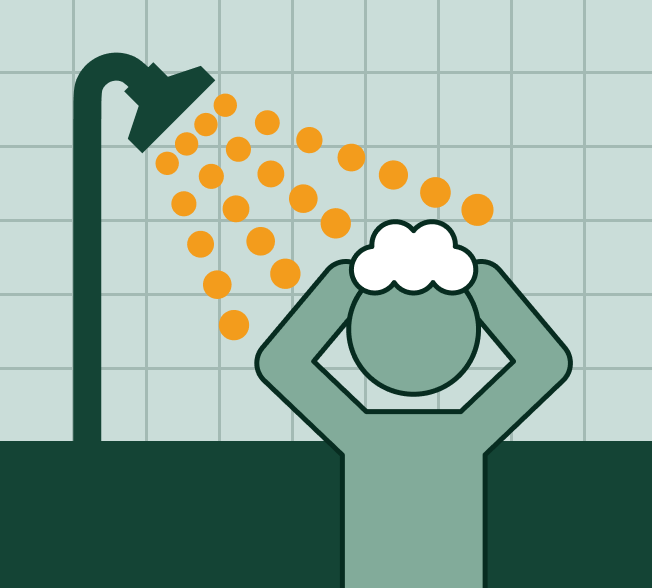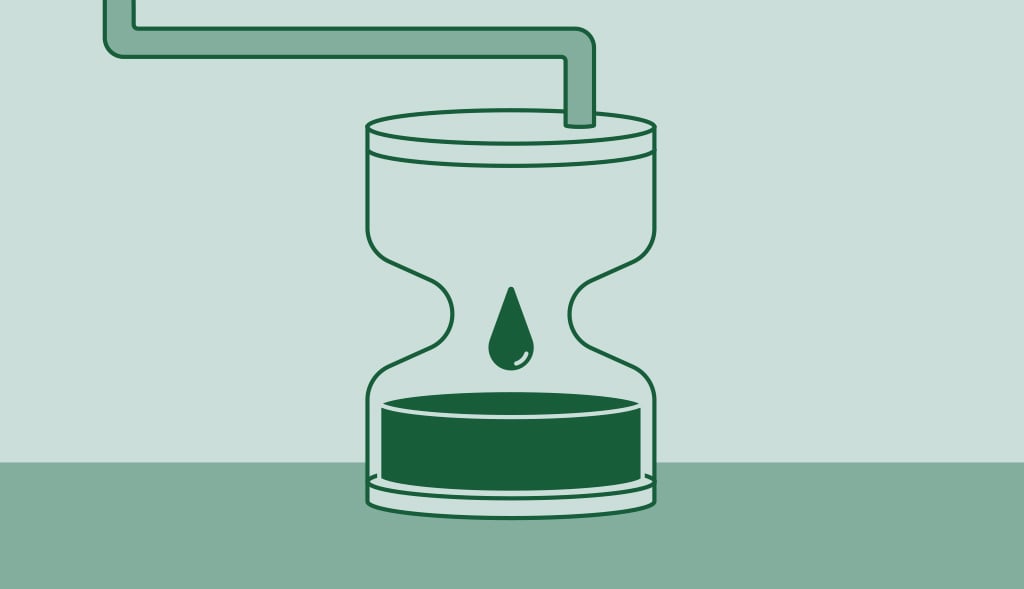Decoding the Science: The Functioning of Powered Anode Rods
Powered anode rods, also known as impressed current anodes, are advanced corrosion prevention devices that can be used in water heaters. They are designed to provide longer-lasting protection to the tank than sacrificial anodes by reducing the corrosive action of hot water on the metal tank.
To understand how a powered anode rod works, it’s crucial to first understand the basic principle of galvanic corrosion. Galvanic corrosion occurs when two different metals are in contact in an electrolyte (water in this case), with one metal (the anode) corroding to protect the other (the cathode).
In traditional water heaters, a sacrificial anode made of a more reactive metal (such as magnesium or aluminum) is installed. This anode sacrifices itself by corroding first, thereby protecting the steel of the water tank. However, these sacrificial anodes eventually get completely consumed and need to be replaced, otherwise, the water tank starts to corrode.
In contrast, powered anode rods work on a different principle called impressed current cathodic protection. Instead of relying on the natural reactivity difference between metals, an external power source is used to create a flow of current that controls corrosion.
The powered anode rod, typically made of titanium or a similarly inert material, is connected to an external power supply. When this power supply is turned on, it drives a direct current from the anode rod to the water heater tank, which is designed to act as the cathode in this setup.
The flow of current creates an electrochemical reaction that suppresses the corrosion of the cathode (the water heater tank). The electrical current essentially reverses the normal flow of electrons from the anode to the cathode, which in turn inhibits the corrosion process on the tank walls.
Unlike sacrificial anodes, powered anode rods are not consumed over time, as they do not participate in the corrosion process. This leads to longer lifespans and less maintenance, making them a favorable choice for many homeowners and commercial installations.
However, it’s important to note that powered anode rods require a continuous source of power to function. A power outage or a failure in the power supply unit can leave the water heater tank unprotected against corrosion. Therefore, they should be used in conjunction with proper system monitoring to ensure continuous and efficient operation.
To summarize, a powered anode rod works by using an external power source to drive a protective electric current from the anode rod to the water heater tank, effectively inhibiting the corrosion process and enhancing the lifespan of the water heater.
Blog
Effective Strategies to Remove Sulfur Smell from Your Hot Water Heater
Many homeowners face the unpleasant sulfur smell in hot water. This odor, often resembling rotten eggs, can make using hot water for daily tasks unpleasant. […]
How Long Do Water Heaters Last? Much Shorter Than it Could!
How long do water heaters last is a very complex and difficult question to answer. We live in a society that increasingly understands the environmental […]

